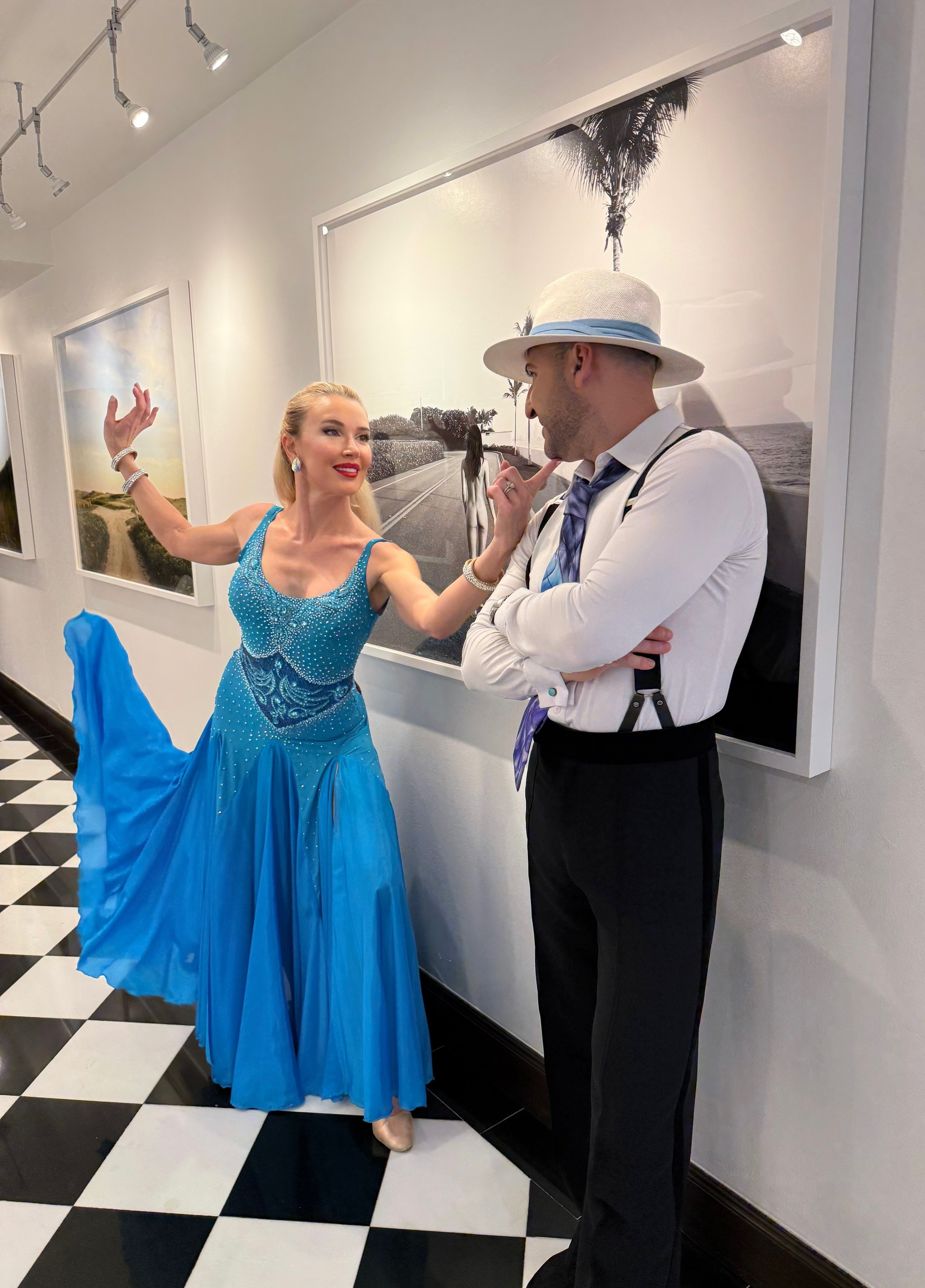For those living with Parkinson's disease, movement becomes increasingly challenging. But groundbreaking research is revealing that structured partner movement isn't just possible for Parkinson's patients—it's transformative, offering hope, improvement, and joy in ways traditional therapy often cannot.
The Science Behind Dance Therapy
Multiple studies have demonstrated that rhythmic partner exercise provides unique benefits for Parkinson's patients that go beyond conventional physical therapy. The combination of rhythm, movement, and social interaction activates multiple brain networks simultaneously.
Research from Washington University School of Medicine found that patients who participated in structured movement therapy showed significant improvements in balance, motor function, and quality of life compared to those in traditional exercise programs.
Specific Benefits for Parkinson's Symptoms
Balance and Stability
Parkinson's often affects balance and increases fall risk. Partner movement's emphasis on supported exercise, weight shifts, and controlled motion helps retrain the brain's balance systems. Studies show a 70% reduction in falls among participants.
Gait and Walking
The rhythmic nature of movement helps overcome the "freezing" episodes common in Parkinson's. Music provides external cues that help patients initiate and maintain mobility, improving walking patterns and stride length.
Motor Function
Complex choreographed movements help maintain and improve fine motor control. The varied, non-repetitive nature of partner exercise challenges the brain in ways that can slow motor decline.
Cognitive Function
Learning routines, following music, and coordinating with a partner provides powerful cognitive stimulation that may help with the mental aspects of Parkinson's, including attention and executive function.
The Emotional and Social Impact
Perhaps equally important are the psychological benefits. Parkinson's often leads to social isolation and depression. Structured movement provides:
- Social Connection: Partnered dancing builds relationships and community
- Emotional Expression: Movement becomes a form of communication and art
- Confidence Building: Mastering new skills boosts self-esteem
- Joy and Fulfillment: Dancing brings pleasure back into movement
"I was diagnosed with Parkinson's at 58 and thought my dancing days were over. Two years later, I'm competing again and feel more alive than I have in years." - Robert, Fort Lauderdale
The Unique Power of Ballroom Dancing
Why partner movement specifically? The answer lies in its unique combination of elements:
- External Rhythm: Music provides consistent tempo cues
- Partner Support: Physical and emotional support from dance partner
- Varied Movement: Different dance styles challenge various motor patterns
- Goal-Oriented: Learning choreography provides motivation and achievement
- Enjoyable: Fun factor increases compliance and long-term participation
Specialized Approach in South Florida
At GalaBallroom.com, we understand that working with Parkinson's patients requires specialized knowledge and patience. Our therapeutic approach includes:
- Modified choreography adapted to individual abilities
- Emphasis on supported movements and partner assistance
- Slower progression to build confidence
- Focus on enjoyment rather than perfection
- Coordination with medical professionals when appropriate
Research-Backed Results
Studies consistently show that Parkinson's patients who participate in structured movement therapy experience:
- 23% improvement in balance scores
- 25% increase in walking speed
- Significant reduction in freezing episodes
- Improved quality of life scores
- Enhanced mood and reduced depression
Starting Your Journey
If you or a loved one is living with Parkinson's, movement therapy can offer hope and improvement. We recommend:
- Consulting with your neurologist before beginning
- Starting with gentle, seated movements if needed
- Finding an instructor experienced with movement disorders
- Focusing on joy and social connection, not perfection
- Being patient with the process—benefits build over time
Our team in South Florida has experience working with Parkinson's patients and can design a program that's both safe and beneficial. Every small movement is a victory, and every dance step is hope in motion.
Begin Your Therapeutic Dance Journey
Discover how specialized ballroom dance instruction can help improve mobility, balance, and quality of life for Parkinson's patients.
